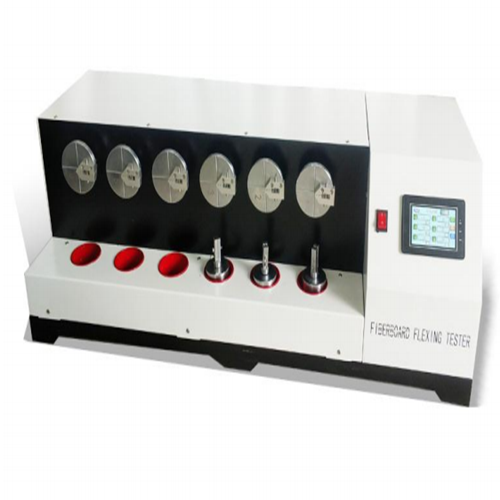G664 fibreboard bending testing machine
G664 Fibreboard Bending Tester: Precision Testing for Material Strength
The G664 fibreboard bending testing machine evaluates the flexural strength and stiffness of fibreboard materials, ensuring they meet industry standards for structural integrity. This article details applicable standards, technical parameters, operating principles, and test methodologies for manufacturers and quality control labs.
Applicable Standards
The tester complies with international and national standards for fibreboard testing, including:
ISO 178:2019 (Bending test for plastics)
GB/T 17657-2013 (Test methods for evaluating physical and mechanical properties of medium density fibreboard)
ASTM D790-20 (Standard Test Methods for Flexural Properties of Unreinforced and Reinforced Plastics and Electrical Insulating Materials)
Main Parameters
| Parameter | Specification |
|---|---|
| Max Load Capacity | 5.000N |
| Test Speed | 0.1-500mm/min (adjustable) |
| Bending Span | Adjustable (e.g., 100-300mm) |
| Load Cell Accuracy | ±1% of Full Scale (FS) |
| Data Sampling Rate | 100Hz |

Working Principle
The tester uses a servo-driven actuator to apply controlled force to a fibreboard sample positioned on a three-point bending fixture. A high-precision load cell measures force, while displacement sensors track sample deflection. The system calculates flexural strength (σ = 3FL/(2bh²)) and modulus of elasticity (E = (L³/4bh³) * (ΔF/Δd)), generating real-time stress-strain curves.
Test Principle
Sample Preparation: Cut fibreboard into standard dimensions (e.g., 200mm x 50mm x thickness).
Parameter Setup: Define test speed, span length, and preload force via touchscreen.
Automated Testing: The actuator applies increasing force until sample fracture or preset deflection.
Result Analysis: Compare flexural strength and modulus against standard thresholds to assess material quality.
This tester enables manufacturers to optimize fibreboard formulations, ensuring reliability in applications like furniture and construction. Its compliance with global standards and advanced data analysis capabilities make it a critical tool for material science and quality control.

